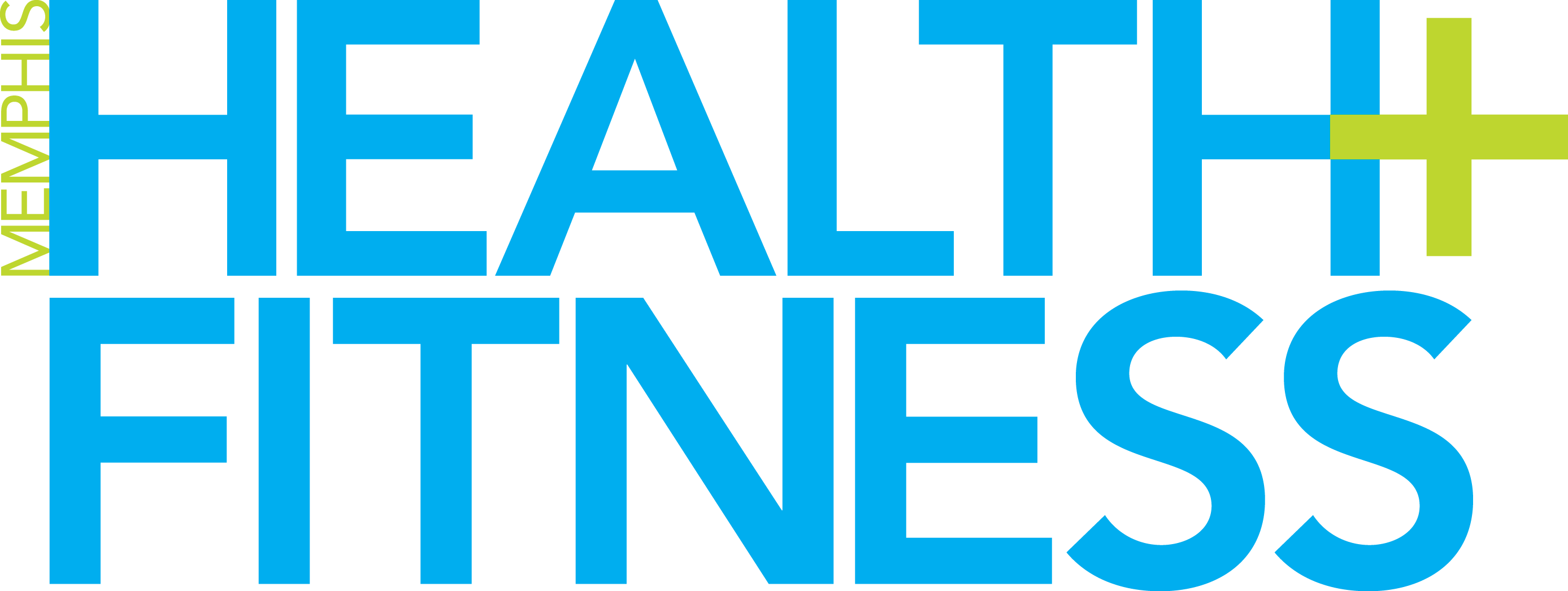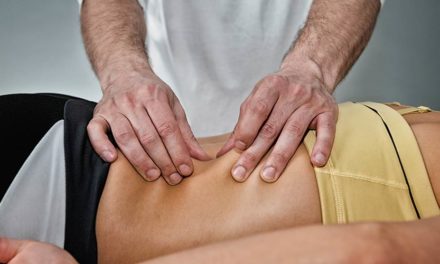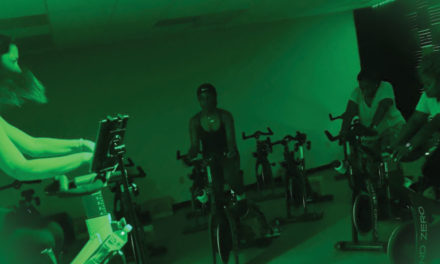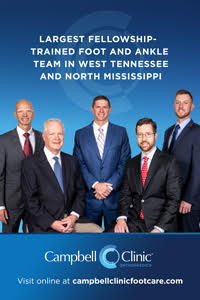By Stuart Martin, DPT
Patients often inquire about the effects of running for exercise on their knees. Like any exercise regimen, running impacts the joints it involves, particularly the knees and hips. However, with some tips and diligence, the benefits can outweigh the drawbacks. If you experience knee pain during exercise, stretching, or any activity, stop immediately and contact OrthoSouth’s team of doctors for an assessment.
Three Pros of Running
1. Increased Cardiovascular Fitness
Running enhances cardiovascular fitness by strengthening the heart muscle, allowing it to pump blood more efficiently and reducing the risk of heart disease. Additionally, regular running improves circulation, increases lung capacity, and enhances overall oxygen utilization, leading to better endurance and reduced fatigue during physical activities.
2. Stronger Muscles
Running leads to stronger muscles by engaging multiple muscle groups, particularly in the legs, such as the quadriceps, hamstrings, calves, and glutes, which become more robust and toned with regular exercise. The repetitive motion of running helps improve muscle endurance and strength, contributing to better overall stability and coordination.
3. Sense of Community
Running as an activity tends to foster a strong sense of community among its participants. It brings people together through running clubs, group runs, and organized races, creating opportunities for social interaction and mutual support. This shared passion for running can lead to lasting friendships, camaraderie, and a sense of belonging, enhancing motivation and enjoyment of the sport.
Tips for Running
Choose the Right Shoes
Finding the right shoe is essential for reducing foot pain. Proper arch support and cushioning can lower the risk of plantar fascia pain. Many shoe stores have devices to scan your feet and help you find the perfect shoe.
Gradually Ramp Up
Gradually increasing your running activity can help prevent overuse injuries. For beginners, a walk-to-run progression can be beneficial. For instance, try running/jogging for 2-3 minutes and then walking for 2-3 minutes for a set period. This gradual introduction can reduce knee impact and future pain.
Warm Up and Cool Down
A dynamic warm-up can reduce your risk of injury by preparing your muscles for running. Options include bodyweight exercises like squats, lunges, and calf raises, THERABAND exercises, or a brisk walk/slow jog. Cooling down helps return your heart rate to normal and may reduce muscle soreness. Simple activities like a leisurely walk around the block can suffice.



Quads: can be stretched standing or half kneeling (targets different areas of the quad).
Hamstrings: can be stretched while sitting or standing.
Calves: can be done with the knee straight or bent (targets different areas of the calf).



Cross Training
Cross-training helps use the same muscles in different ways, reducing joint strain and preventing muscle overuse. Consider incorporating yoga, Pilates, swimming, or biking into your routine to vary your exercise.
Stuart Martin, DPT, is a physical therapist with OrthoSouth in Bartlett, TN. He earned his Doctorate in Physical Therapy from UTHSC in Memphis. Stuart has completed many half marathons (he placed 2nd in his age group in the Great River Run in May 2024). For more information, visit Orthosouth.org or call 901.699.4455.







